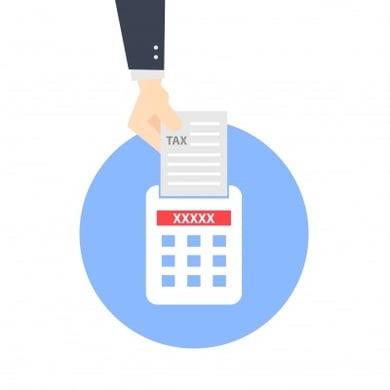We all know exactly how the Tax Cuts and Jobs Act (TCJA) will affect our returns at this point, right? C’mon, surely you S-Corp business owners have it all figured out by now! Anyone? How about you CPAs? Still working on it? Hmmm… Well, at least the word “simplification” was removed in time.
Amidst all of the use of terms like “possible” and “likely” when trying to come up with useful takeaways from this legislation, Benefit Resources would like to bring something meaningful to the topic: How participant loan payback options to retirement plans have changed for the better! It is common for companies to include language in their 401(k) plan to require any loans to be paid back prior to the participant’s separation from service. After all, who wants to continue to receive checks from the employees who have been fired or left for greener pastures just so they can keep making payments on their loans? The TCJA fixed all that. Employers get to keep their helpful plan loan provision and former participants don’t have to worry about having no other option but to either take out a higher interest loan from a bank (if they can!) to cover their balance or take the tax hit and likely additional early withdrawal penalty.
paid back prior to the participant’s separation from service. After all, who wants to continue to receive checks from the employees who have been fired or left for greener pastures just so they can keep making payments on their loans? The TCJA fixed all that. Employers get to keep their helpful plan loan provision and former participants don’t have to worry about having no other option but to either take out a higher interest loan from a bank (if they can!) to cover their balance or take the tax hit and likely additional early withdrawal penalty.
This issue is significant enough that many participants find themselves considering their loan balance when deciding whether to quit their job! If the intent is to roll the retirement account over to an IRA, the 10% excise tax penalties on loan balances are no joke and can add up to as much as $5,000 for the worst-case scenario; that’s on top of the federal and state taxes that come from seeing that distribution as forced income which can be more than twice as much.
So what exactly did the TCJA do to ease this pain? It created a new deadline for repayment that exists outside of their former employer’s plan. So, regardless of the loan provisions to which they found themselves subject, any participant who finds themselves without a job has until the due date of their personal tax return for their year of separation to pay that loan back to an IRA! Any balance on the loan after that date will be taxed and penalized accordingly but having the option to do everything possible to reduce a hefty loan amount can really save people a lot of money. Besides, restoring your retirement savings is always recommended!
The current process for dealing with outstanding loans for terminated participants remains the same for most plans, however: You’ll see a 1099-R each for your pre-tax, Roth, and Rollover distributions which will include your loan balance and those will need to become a part of your Form 1140. At least now there will be a line item for you to announce your repayments to the IRA and directly offset these taxable amounts.
Now loans are a great idea again, right?! Maybe. Loans from retirement plans have the unique ability to create a way to borrow money that, in this case, belongs to your future self and you pay the interest owed on the loan back to your future self. This upside is offset by a pretty significant downside, though; the money borrowed is tax-deferred (pre-tax) in most cases but is paid back with after-tax dollars through payroll. This has the knock-on effect of creating a double-taxation scenario where a chuck of money is loaned pre-tax, subsequently repaid after-tax, then taxed again upon eventual distribution. This is why Benefit Resources recommends you restrict the amount you borrow from your retirement to the amount you absolutely need. We don’t say you shouldn’t take a loan, but consider all available interest rate options, potential penalties/double-taxation, and repayment options in mind when you are deciding whether you really need that new boat.
You might also like:
Help for Retirement Plan Participants
Best Practices in Retirement Plan Administration
Image courtesy of photouta / FreeDigitalPhotos.net